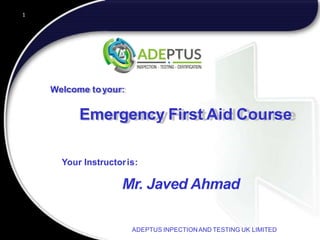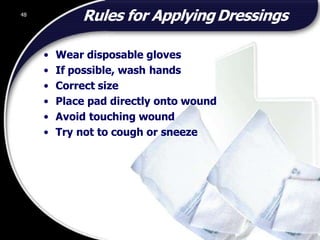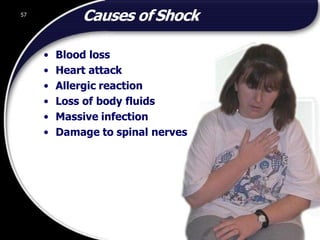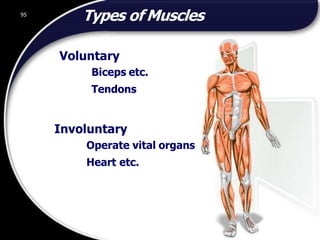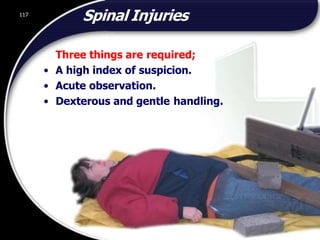The document provides an overview of an emergency first aid course led by Mr. Javed Ahmad, covering key areas such as human anatomy, responsibilities of a first aider, incident management, and how to recognize and respond to various medical emergencies. It emphasizes the aims of first aid including preserving life and preventing conditions from worsening, and outlines procedures for assessing casualties and providing CPR. The material also addresses the importance of personal safety, proper communication with emergency services, and various treatment techniques for injuries and medical conditions.
